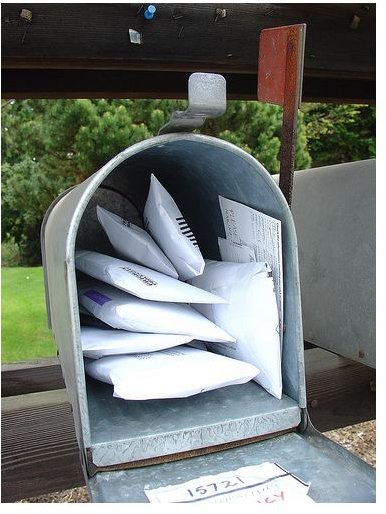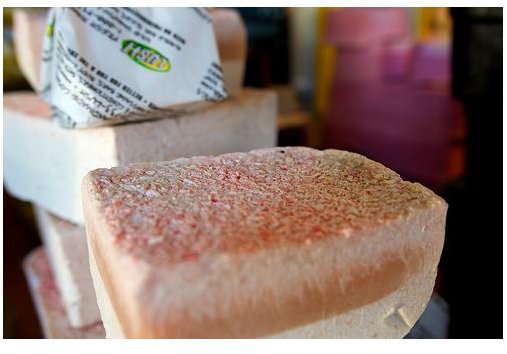Easy Examples of Ways to Reduce Waste (And Live Greener)
Acquiring excess ‘stuff’ puts a strain on our natural resources, and disposing of it threatens our ecosystems, so if you are ready to reduce your carbon footprint, reducing your garbage footprint is a great way to start. Use the below examples of ways to reduce waste as a jumping off point to re-think what you buy, and what you do with it, in other areas of your life.
Minimizing Packaging
Much of what we throw out is packaging from things that we buy. Of course, the simplest way to reduce packaging is to buy less. Consider what you actually need, and what will just end up in the trash a few months from now.
For those purchases that you do actually need, go for the items with the least amount of packaging possible. A few ideas:
- Buy cleaners and bathroom products in larger bottles, less often.
- Avoid individually wrapped items whenever possible.
- Stop buying single-serve yogurt and applesauce. Buy foods in large containers (and divide into re-usable single-serve containers at home).
- Freeze leftovers in re-usable containers instead of buying pre-packaged frozen meals.
- Whenever possible, choose products with minimal packaging over those with more packaging. (Example: the natural soap at left is by a company called LUSH, which is working toward a lofty goal of eliminating packaging altogether.)
Cleaning Up Your Mailbox

How much of your mail goes straight into the trash (or, hopefully, paper recycling pile)? Probably more than you’d like to admit. You may not be able to avoid the weekly grocery store inserts, but there are several things you can do to reduce waste (and make your mail deliverer’s job easier).
- If you’re still getting mail from a business you visited years ago, a magazine you don’t plan to re-subscribe to, or a charity you honestly won’t donate to, help save resources (and their money). Call them and ask politely to be taken off the mailing list.
- Eliminate credit card offers. Read the fine print on the next offer you receive, and you’ll find that you can actually take your name out of their rolls. Call the number listed and the offers will stop coming within a month or two.
- E-bill. If you’re comfortable paying your bills online, you can sign up to receive most invoices (cable, internet, electricity, car insurance, etc.) in email format, and pay your bills there as well. These should provide secure servers and encrypt your information, but still, be smart and safe about it, and don’t pay while using public wifi. You’ll be amazed how much mail you reduce.
Re-Thinking the Little Things
Things you buy and mail you receive make up the vast majority of waste your family trashes each week. These are a few helpful examples of ways to reduce waste, but think of them as starting points. Once you’ve made these into habits, start looking for other, more creative ways to improve. After all, small changes add up. Each time you throw something away, think to yourself, “What could I do differently to avoid this?” You’ll be amazed at the creative solutions you’ll come up with – and how much fun you’ll have in the mean time.
Photo credits:
LUSH Soap: https://www.flickr.com/photos/dinomite/3545430830/
Junk mail: https://www.flickr.com/photos/viriyincy/2207568967/
This post is part of the series: Reduce Waste, the first of the Three R’s of Recycling
When we made the three R’s of Recycling ( reduce, reuse, recycle) we put Reduce first. That is because there is much more to waste than meets the eye. Reducing waste does not begin or end at the land fill. The question is: where is all the waste, and what can we do to reduce it.
